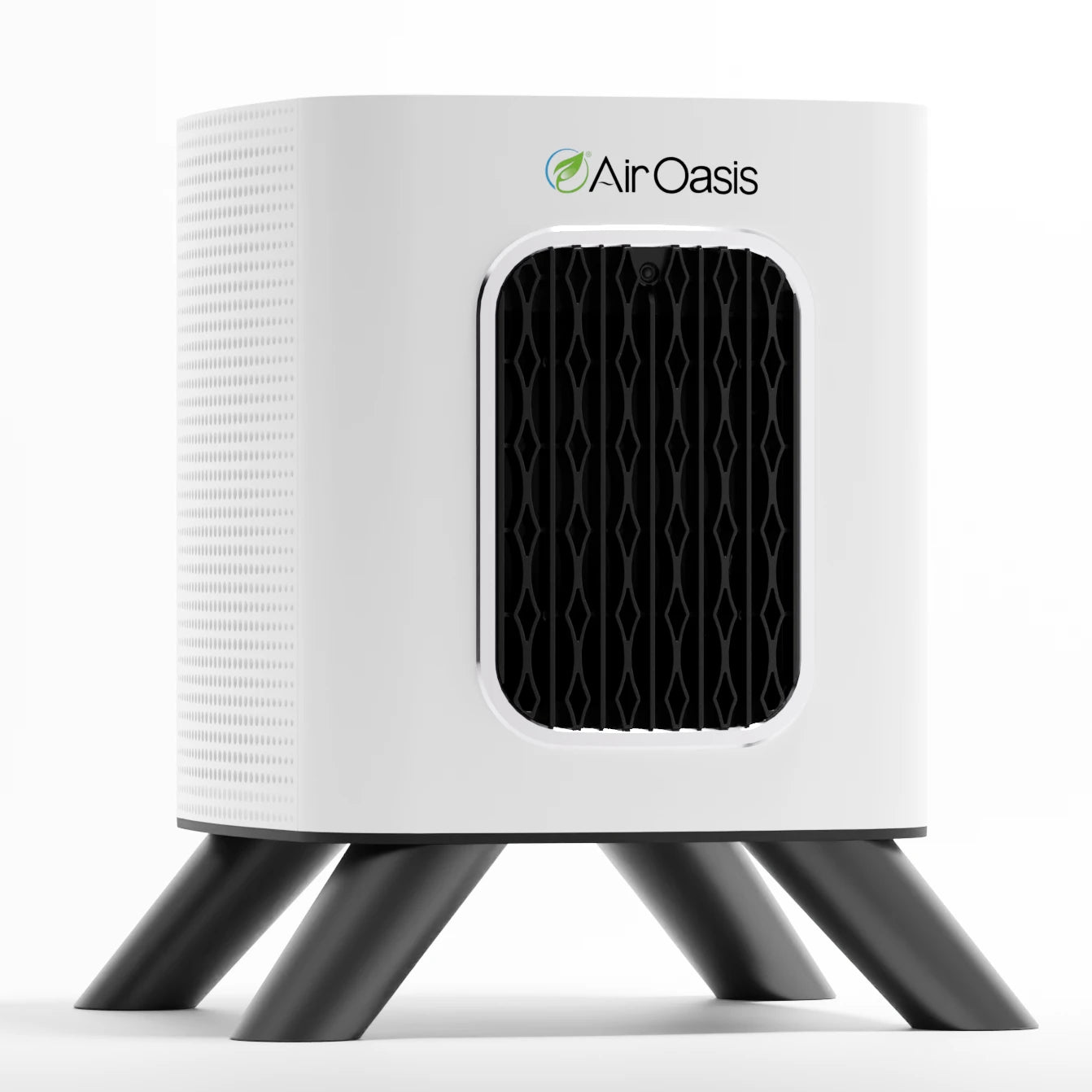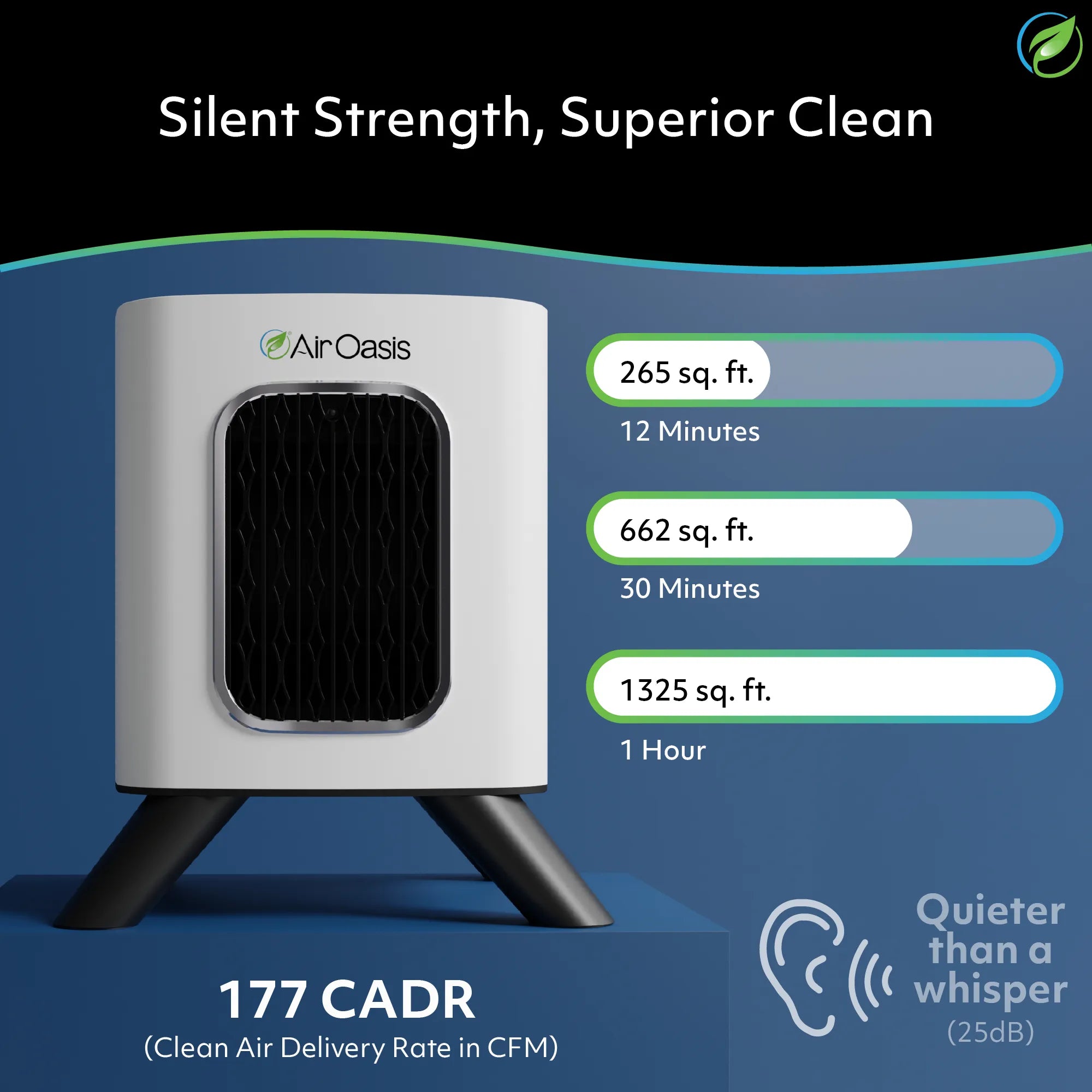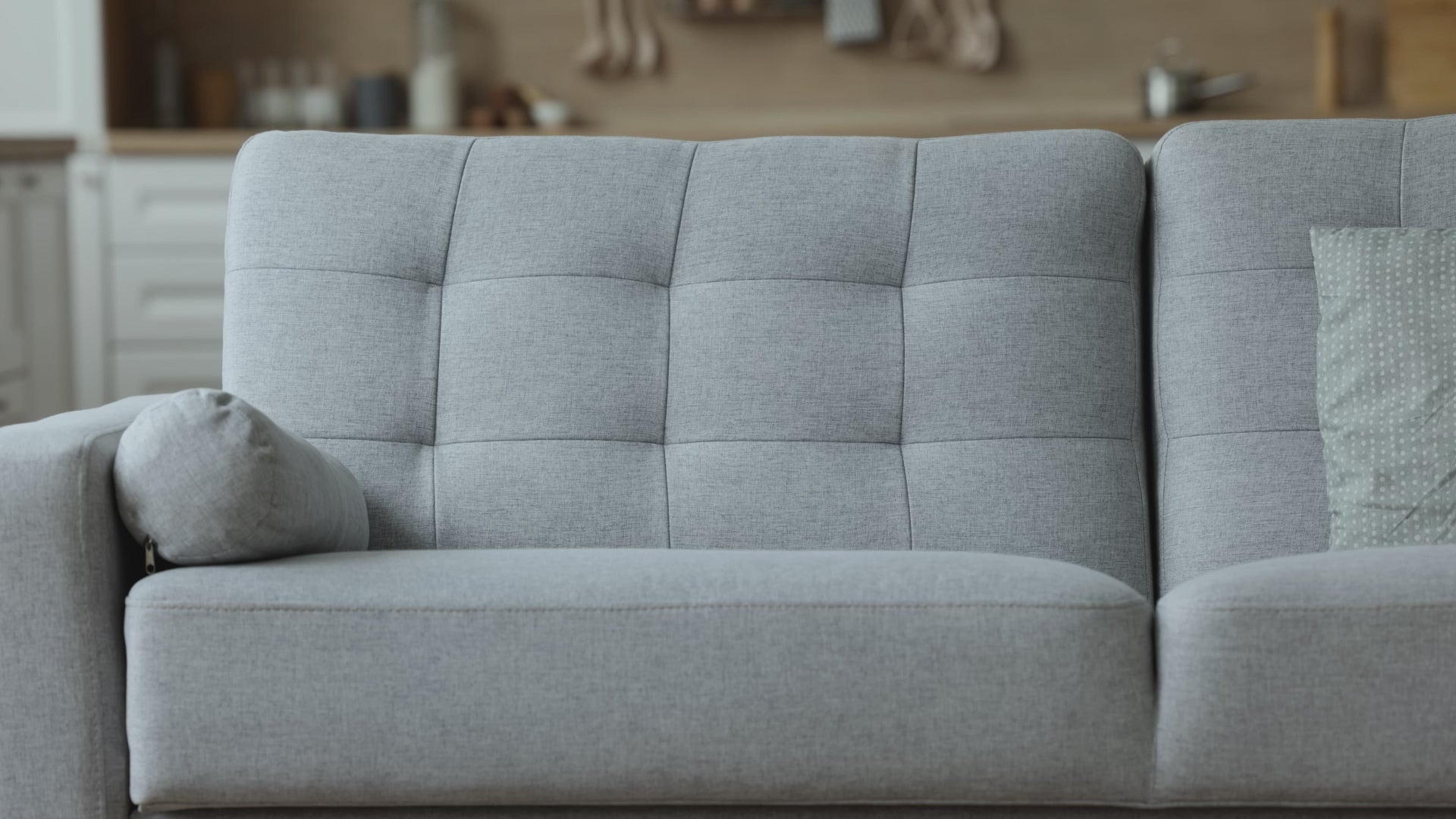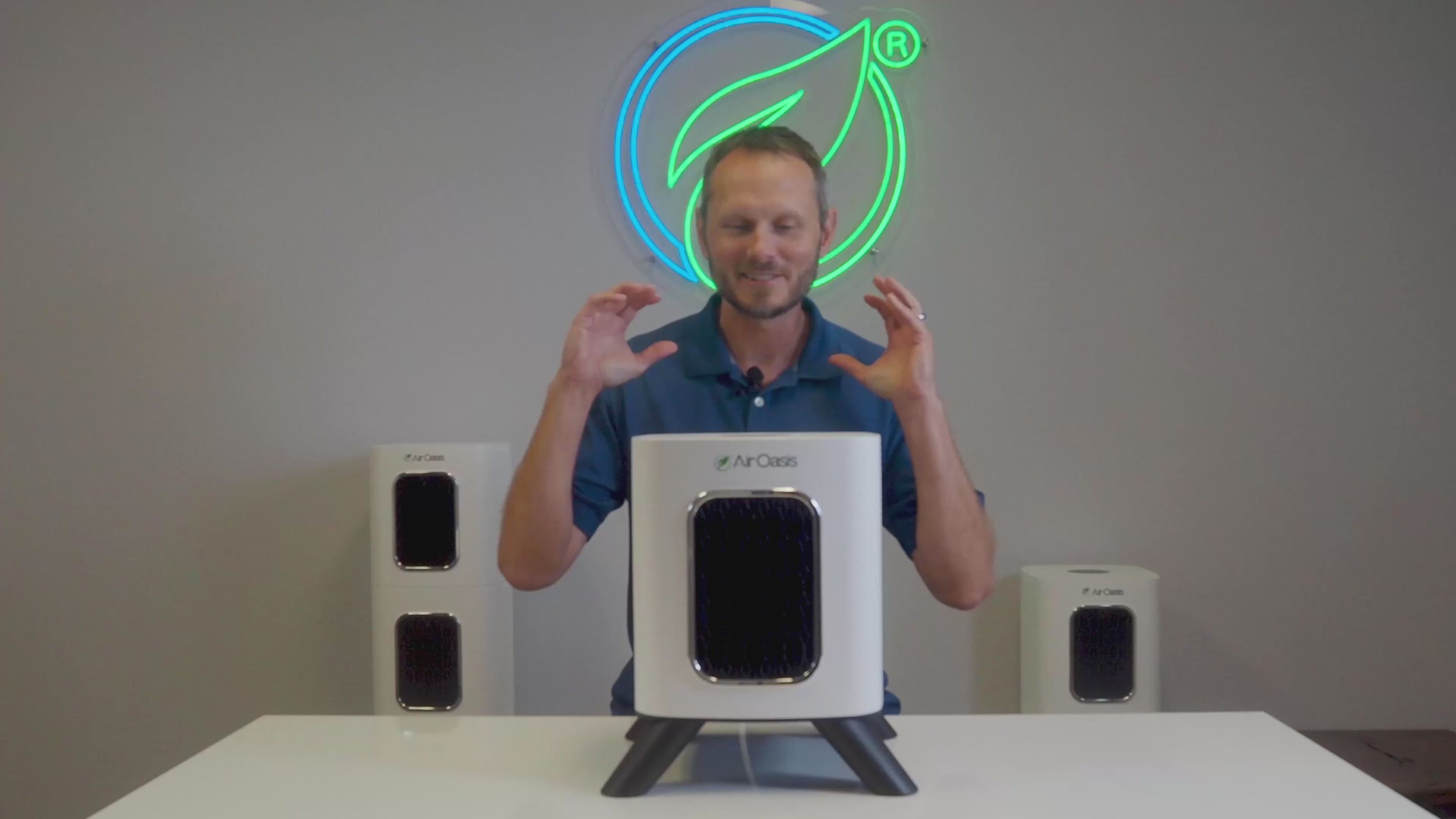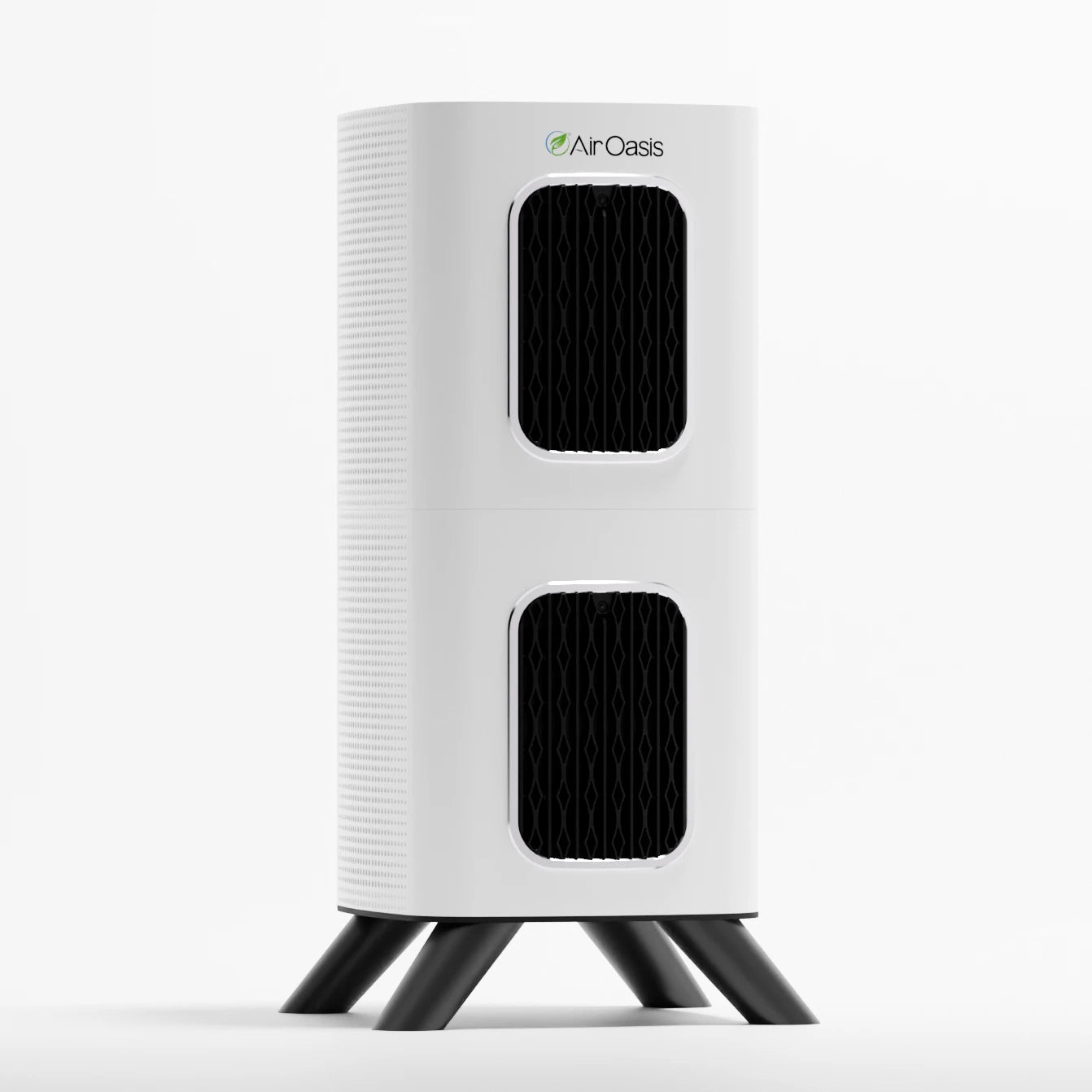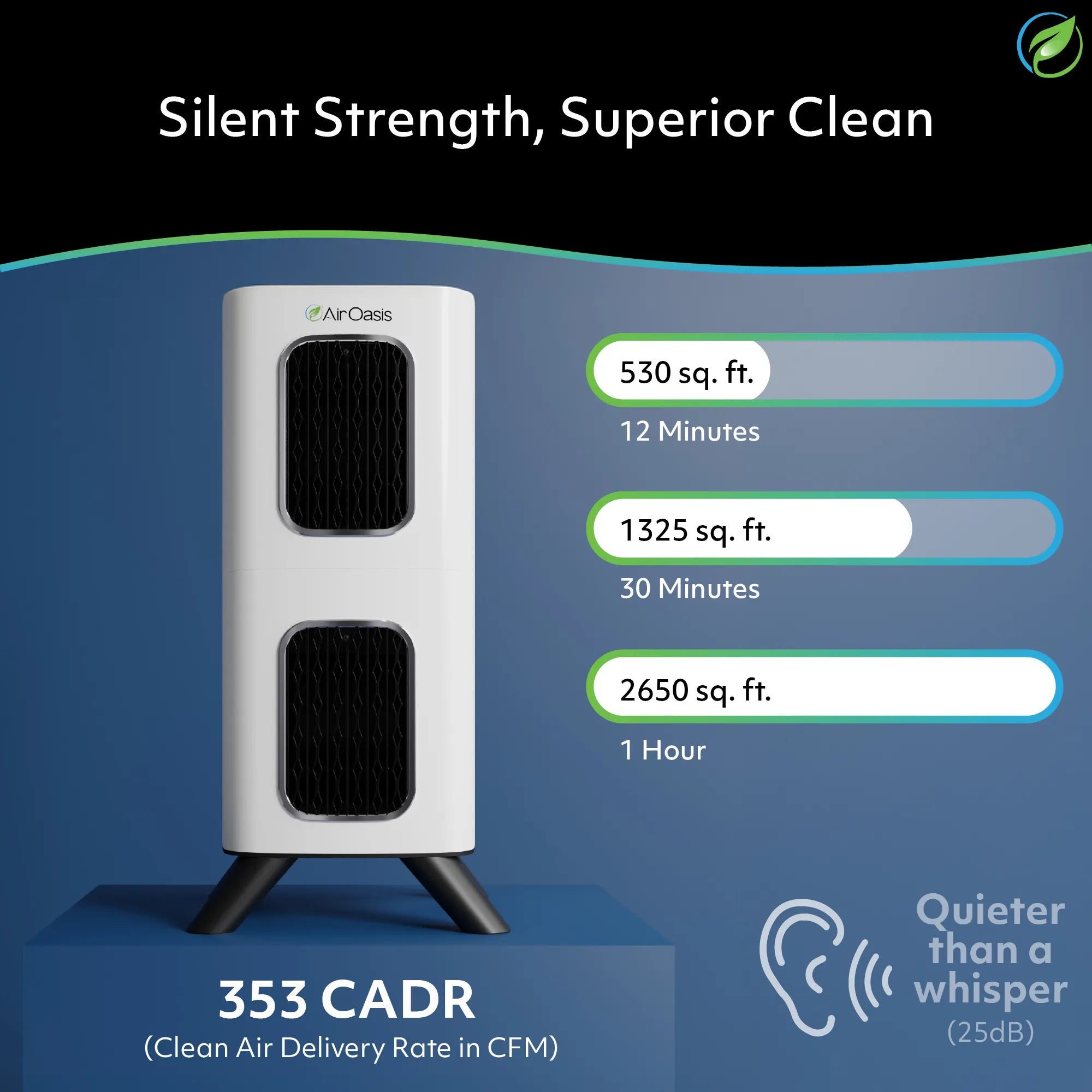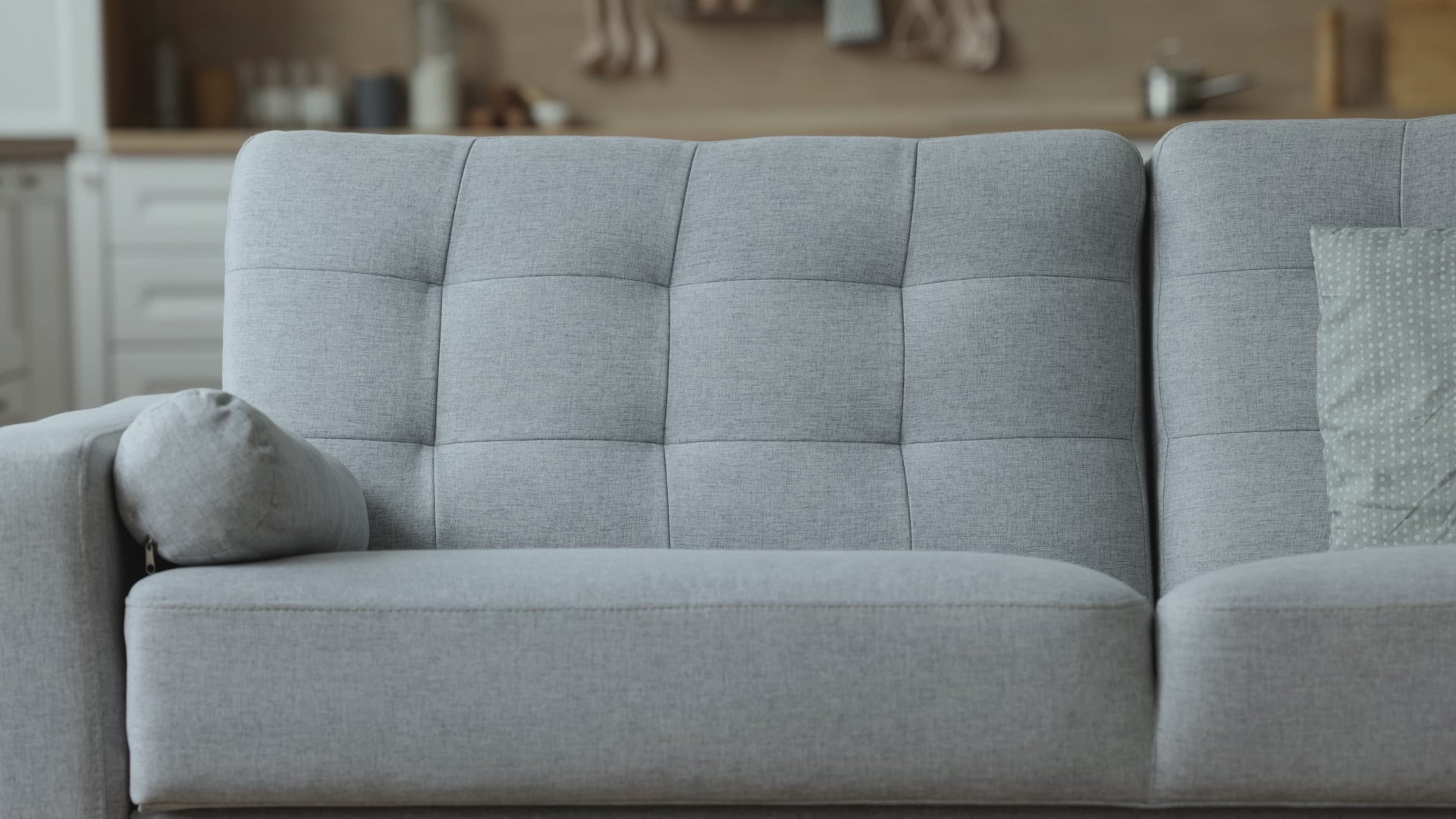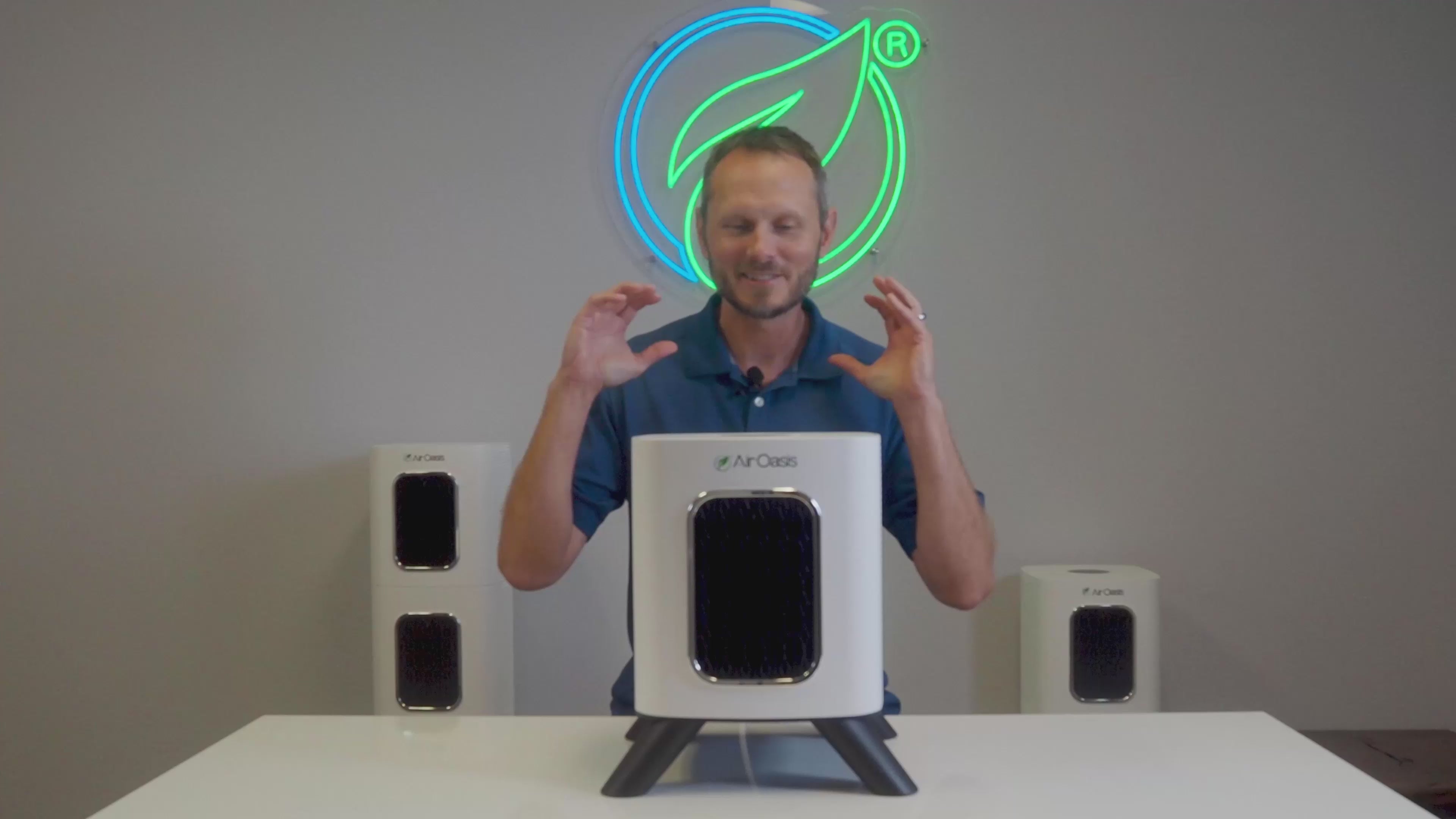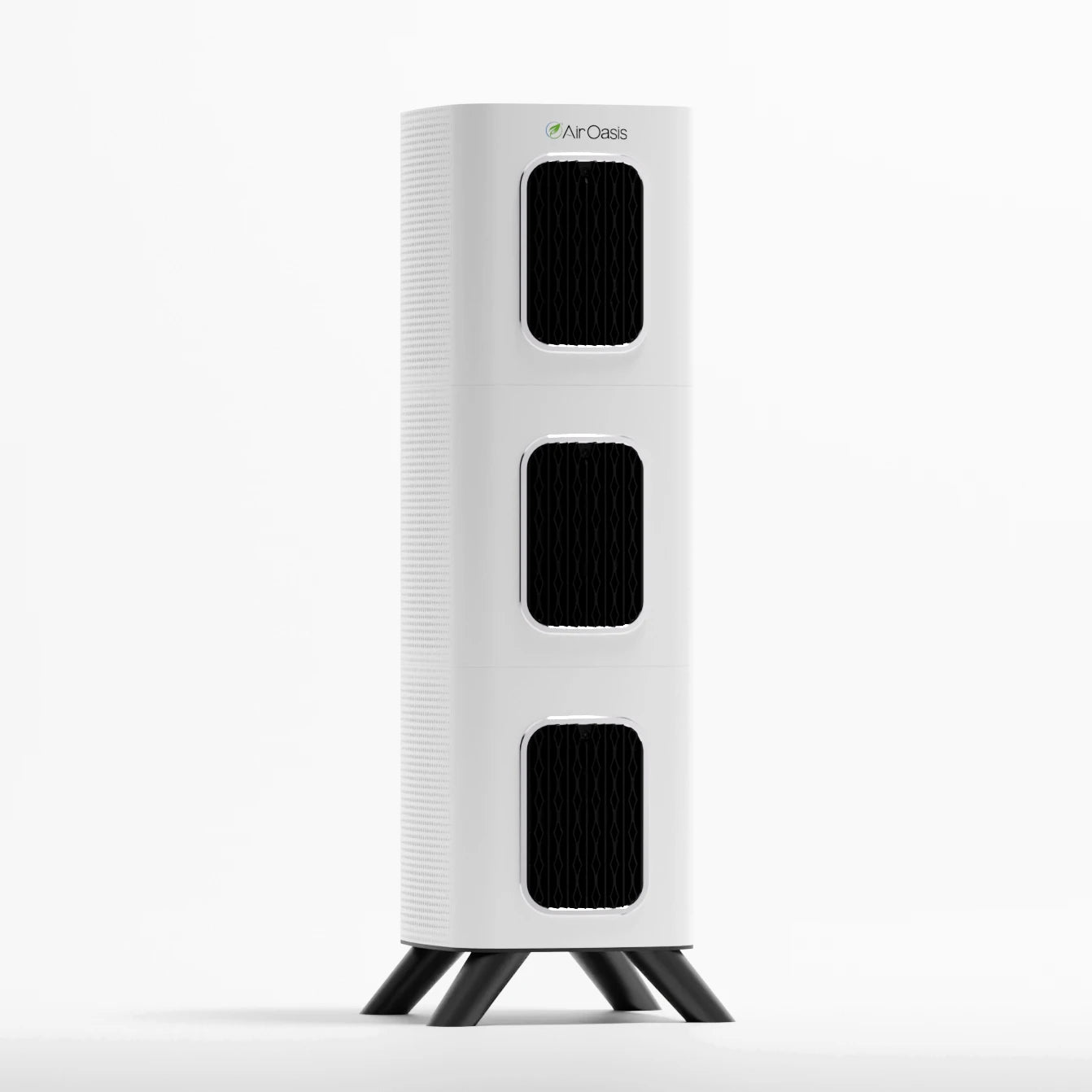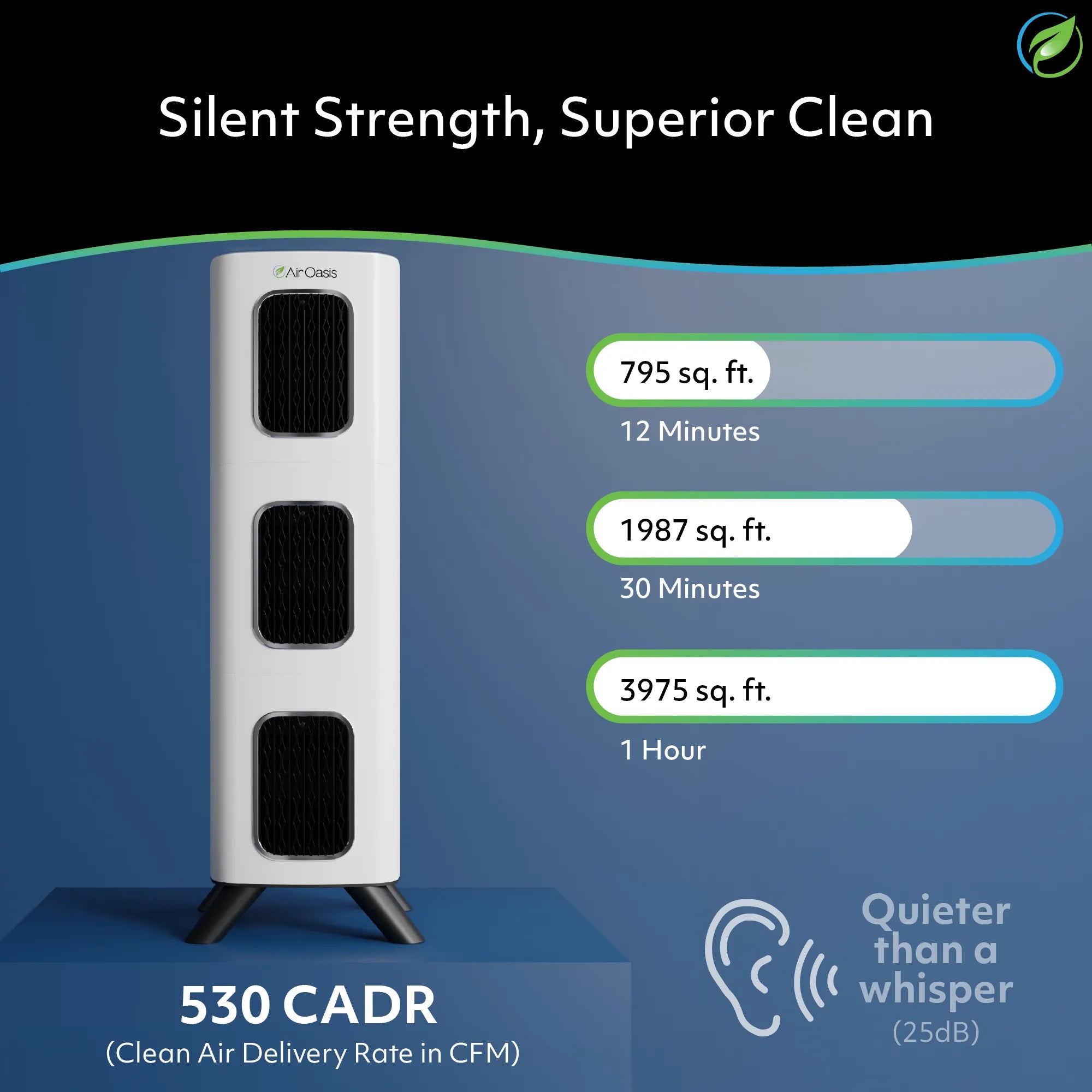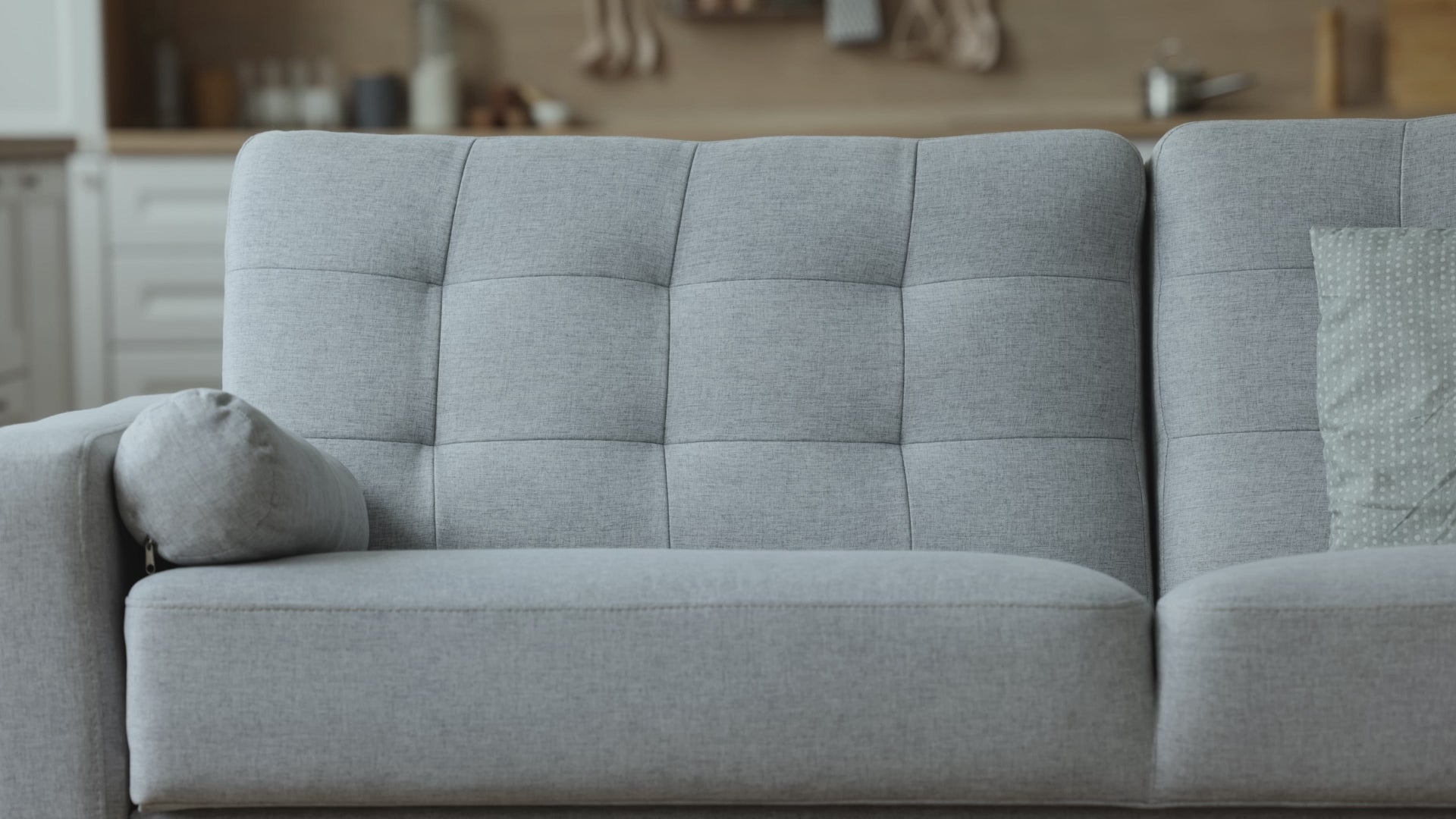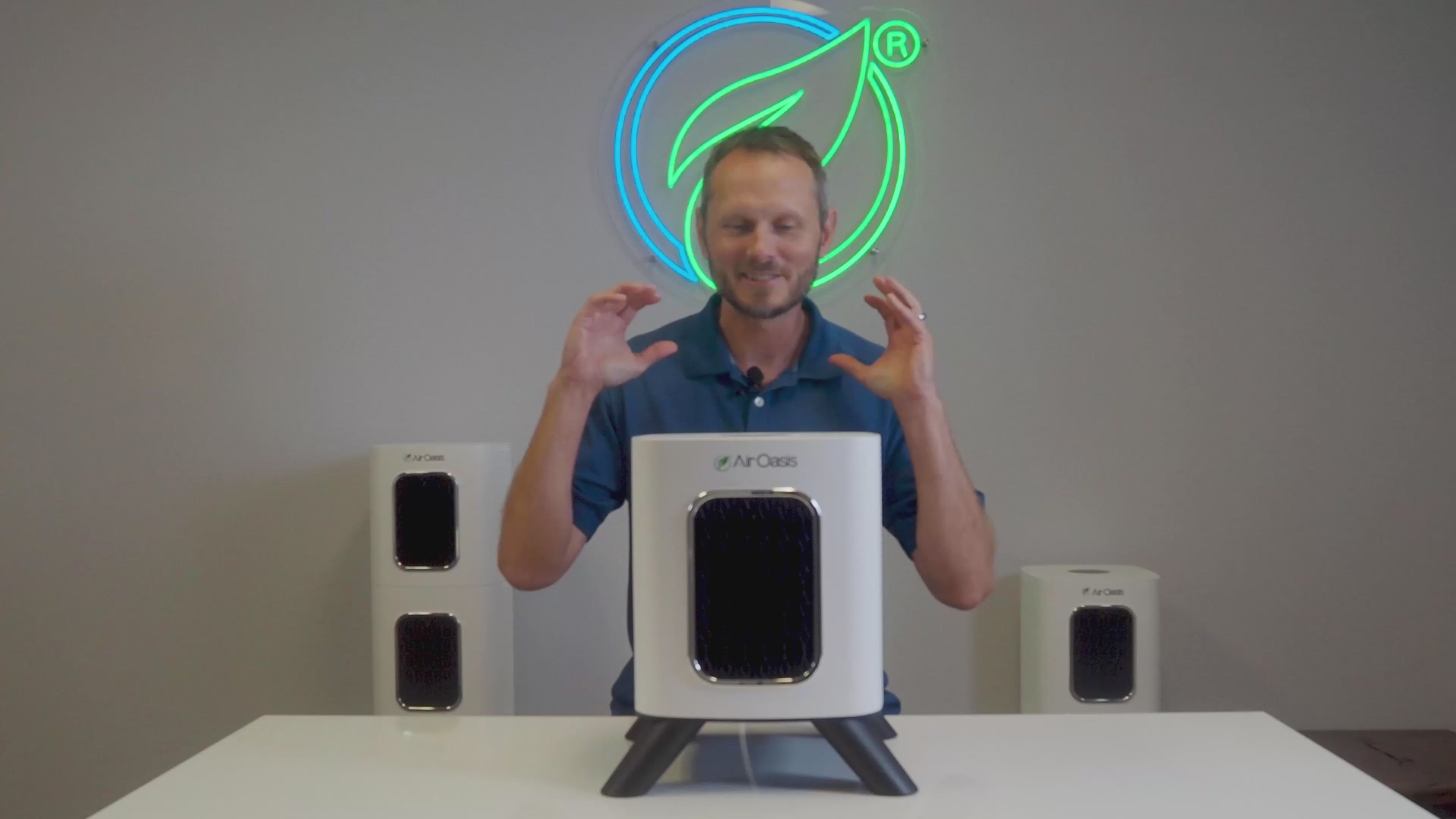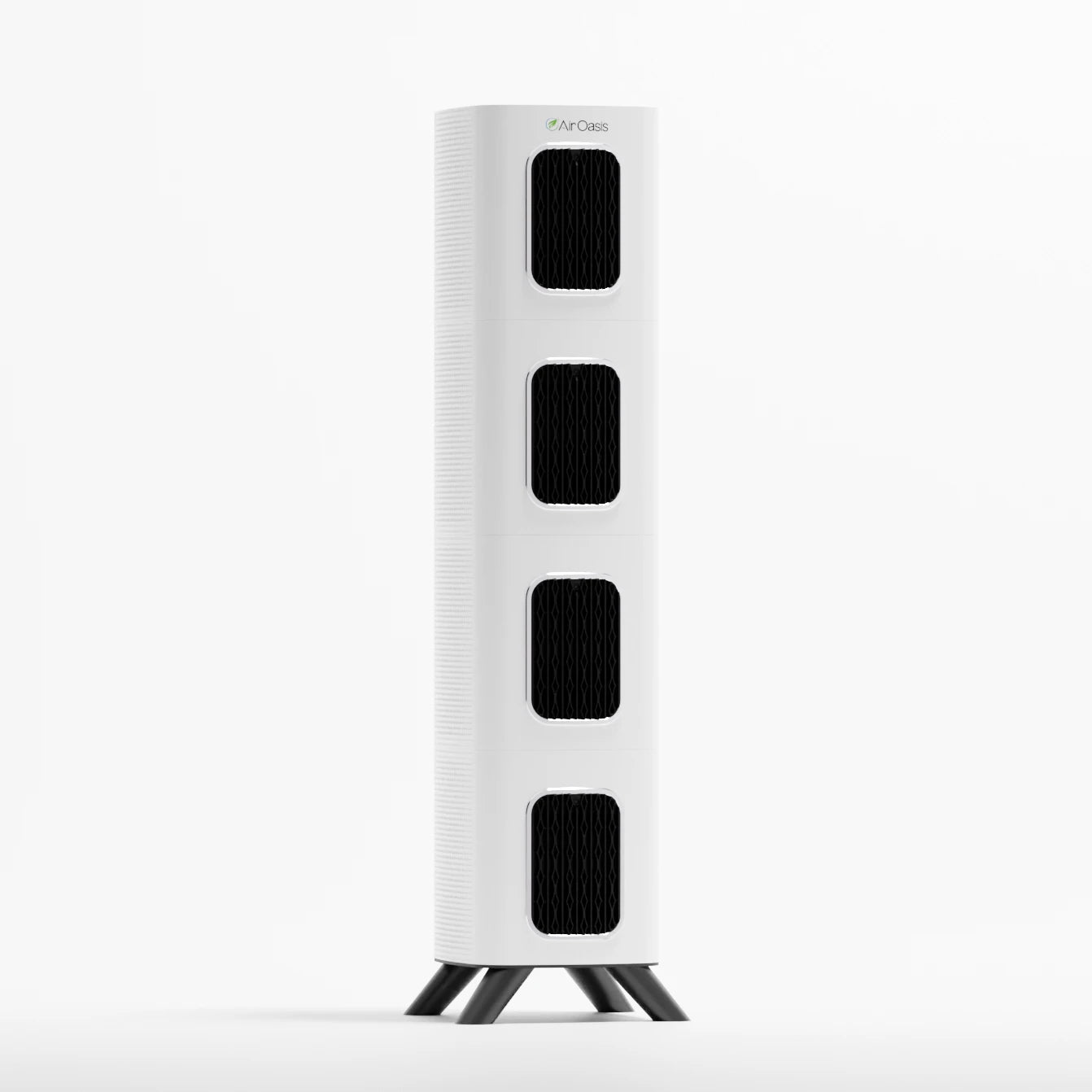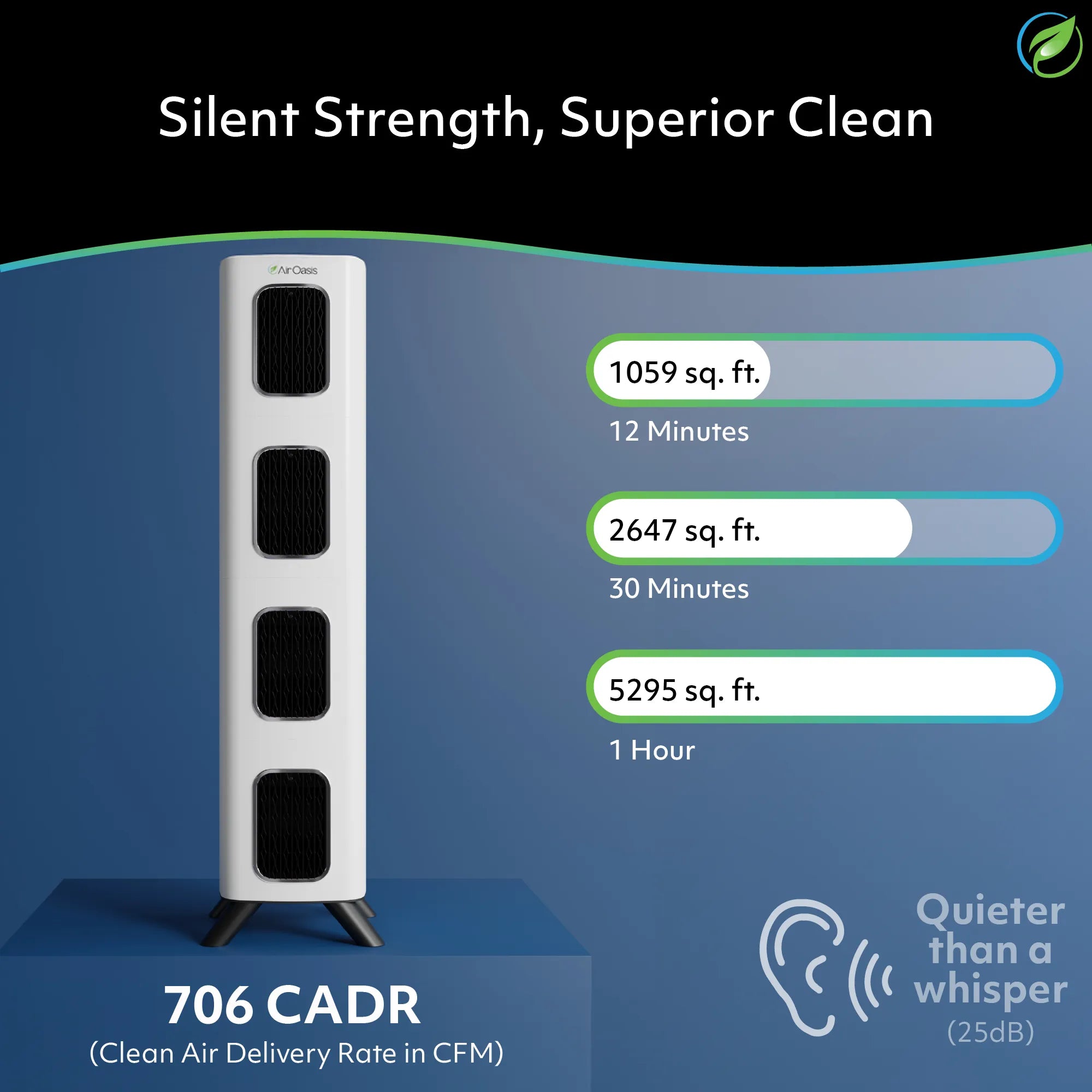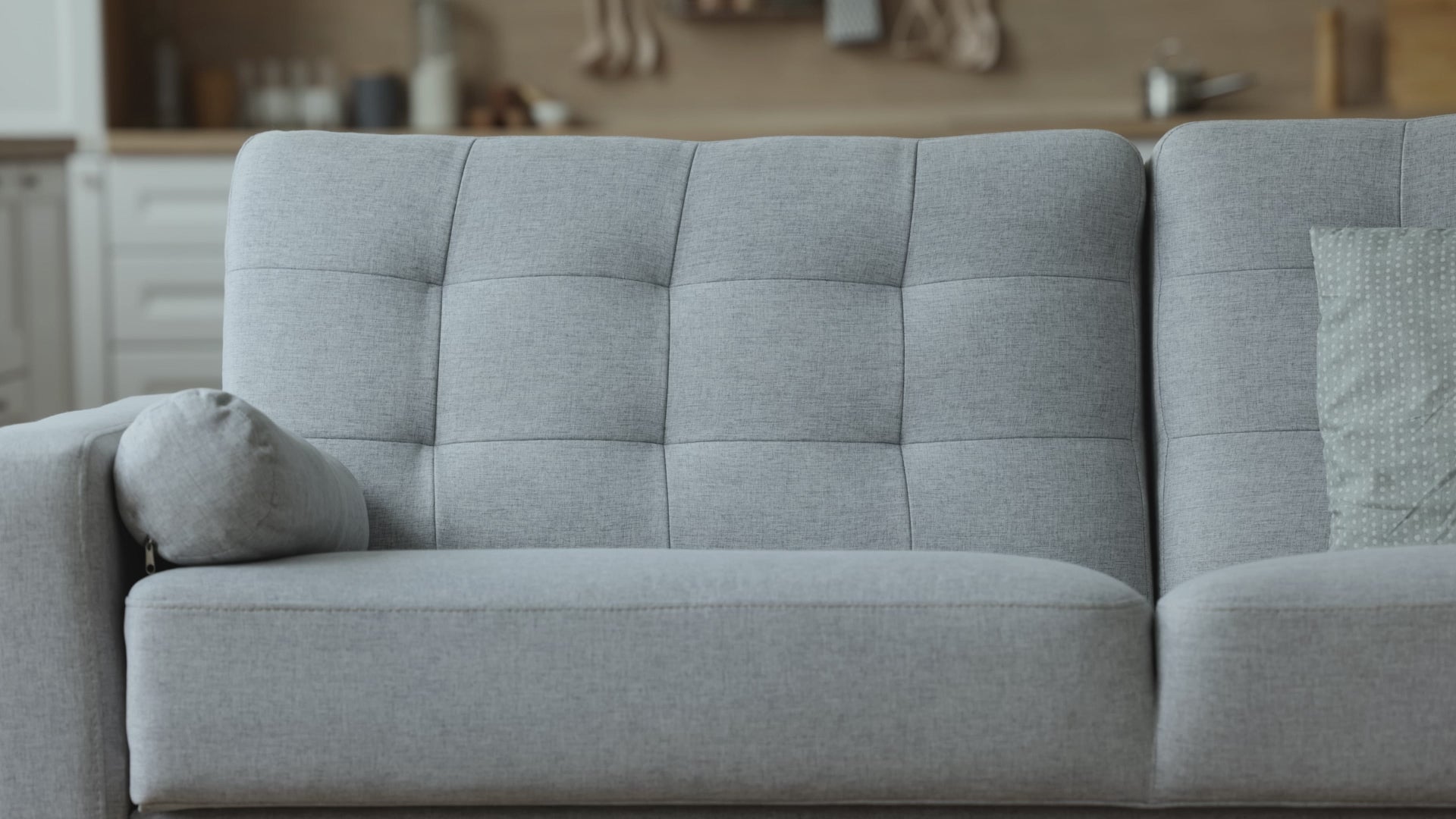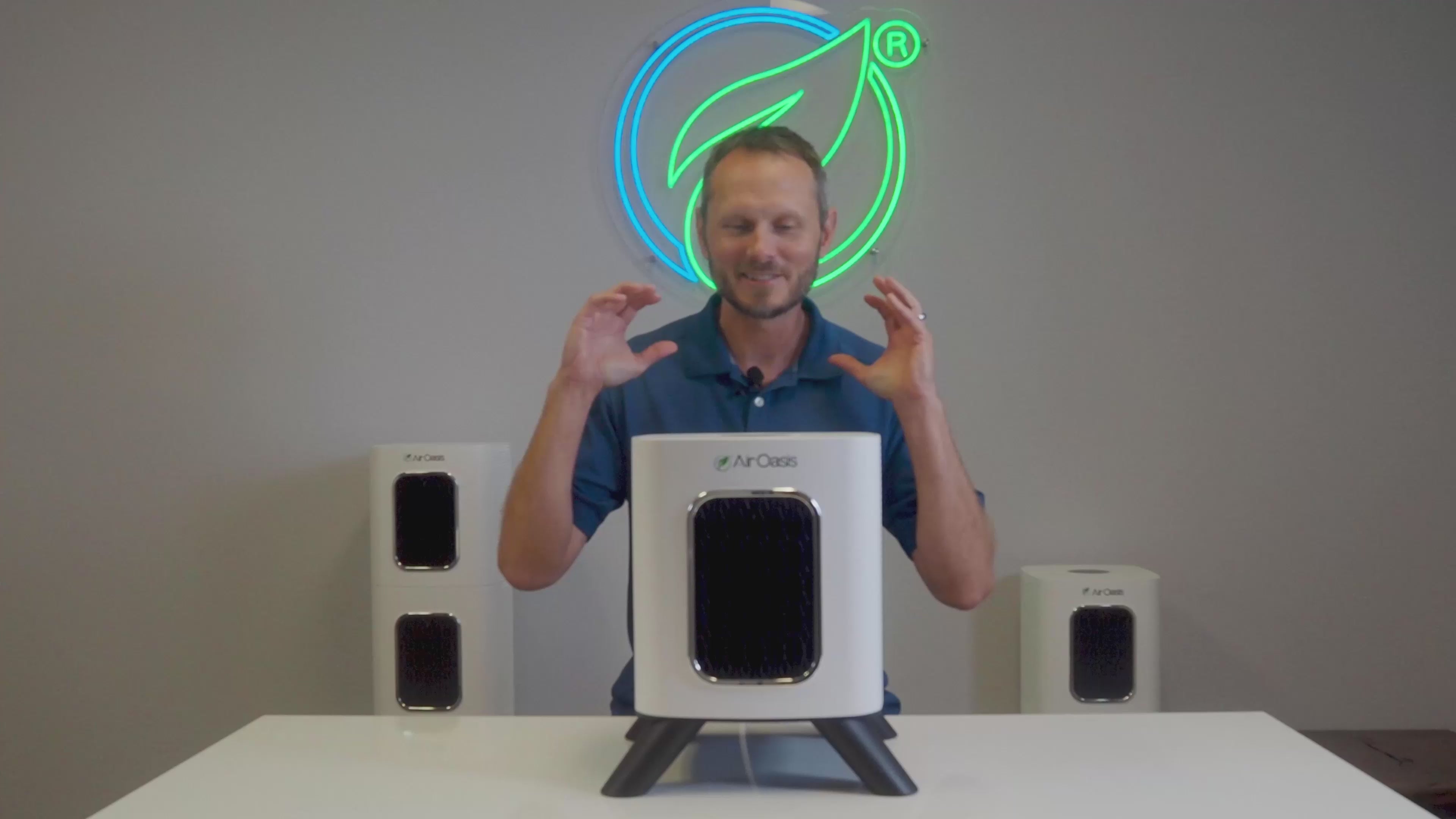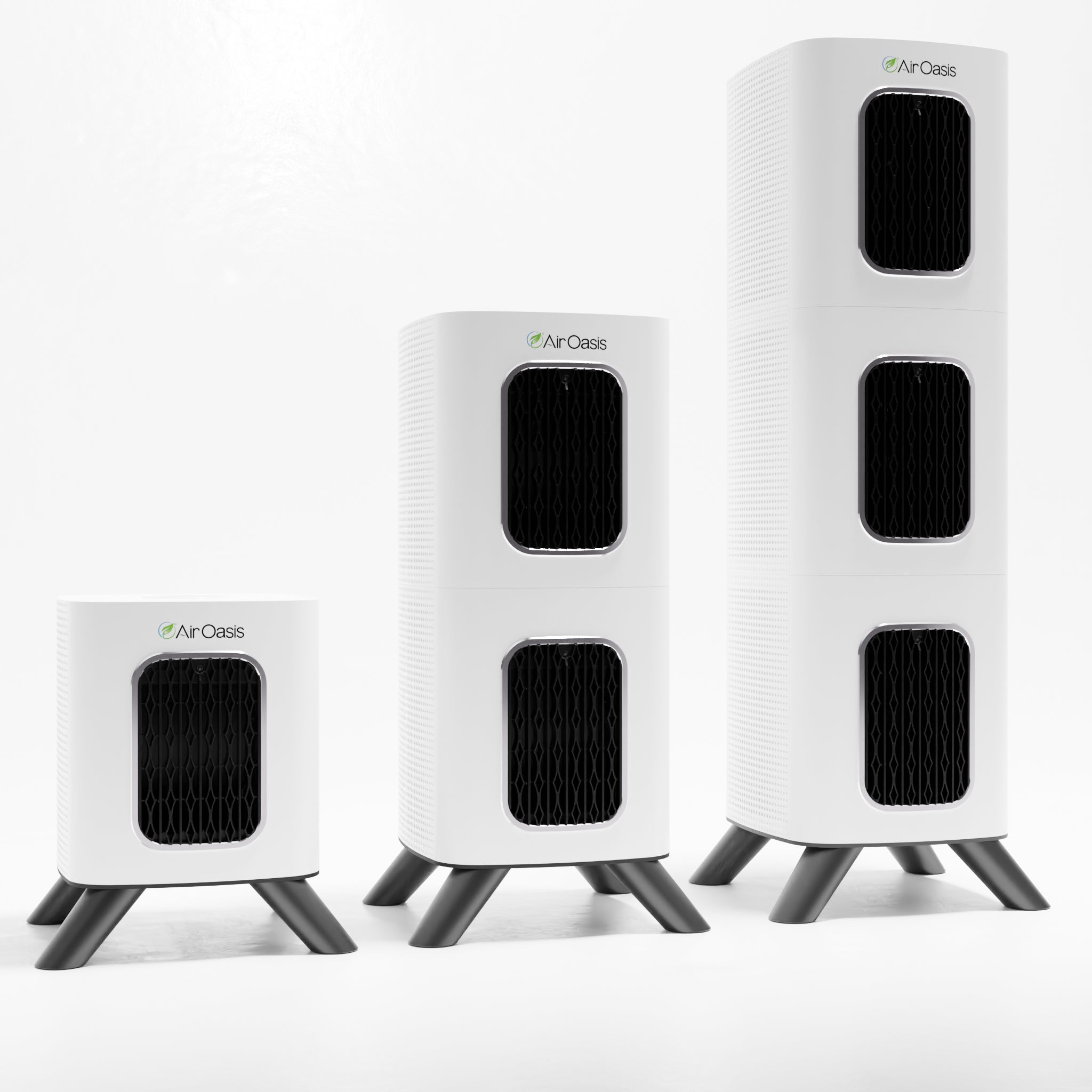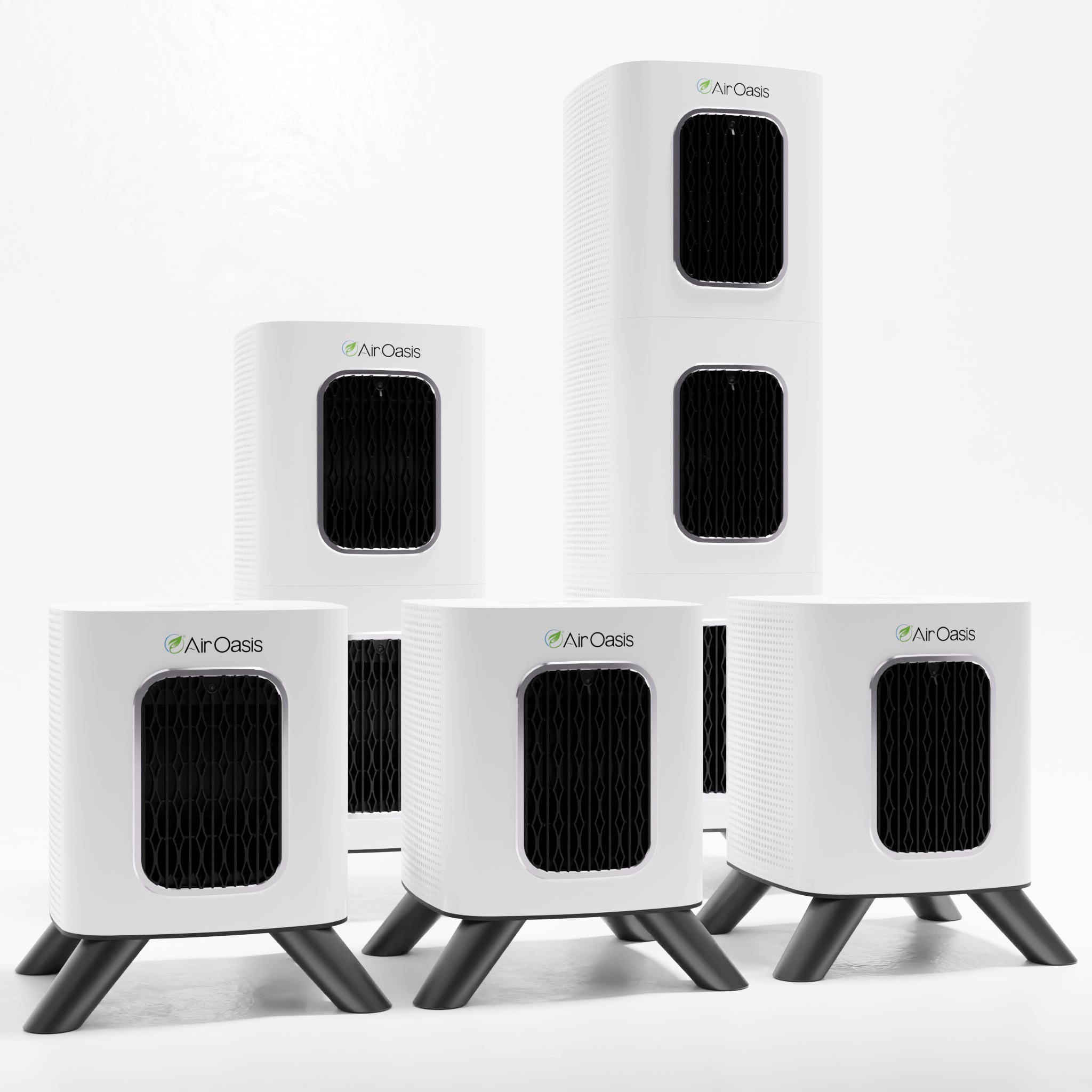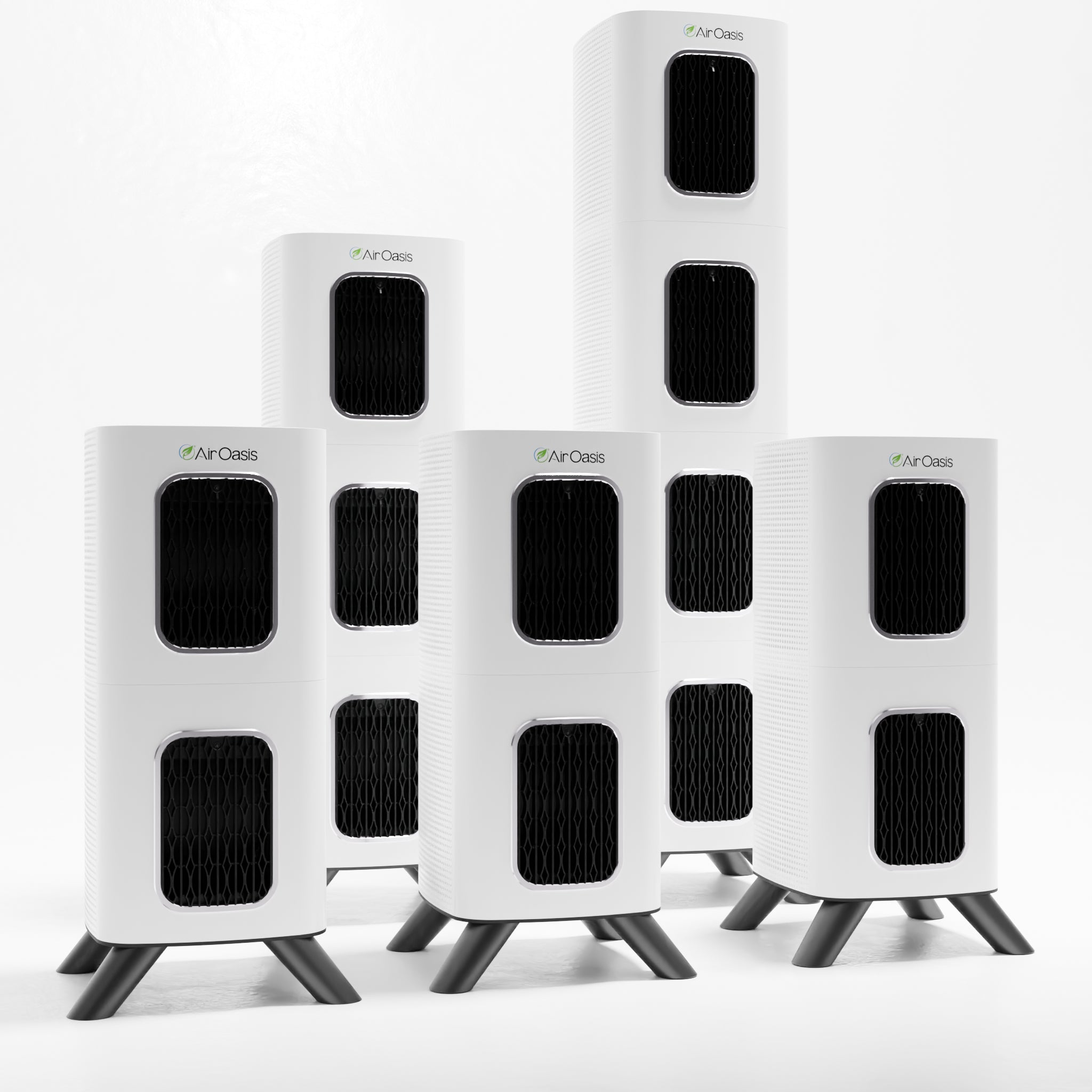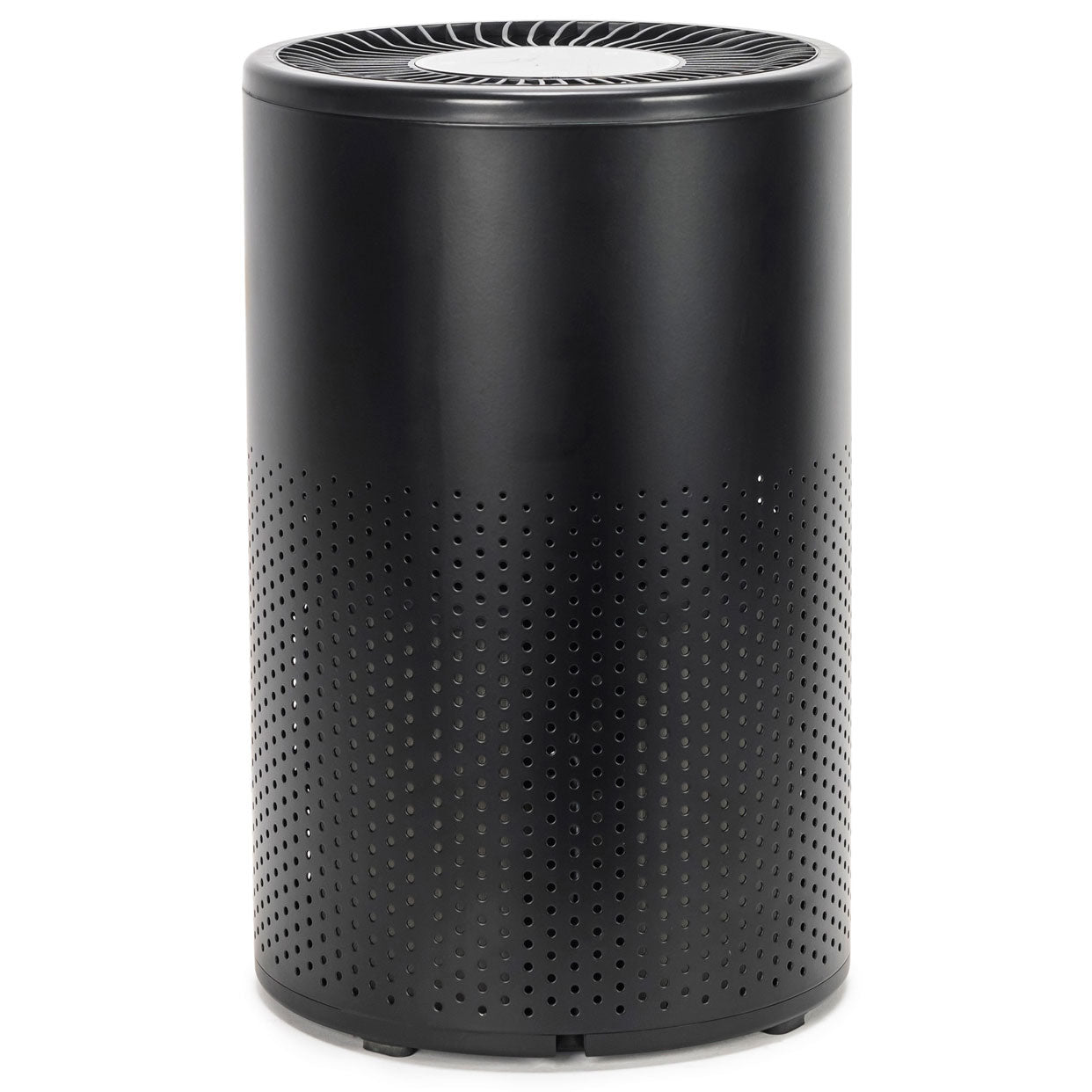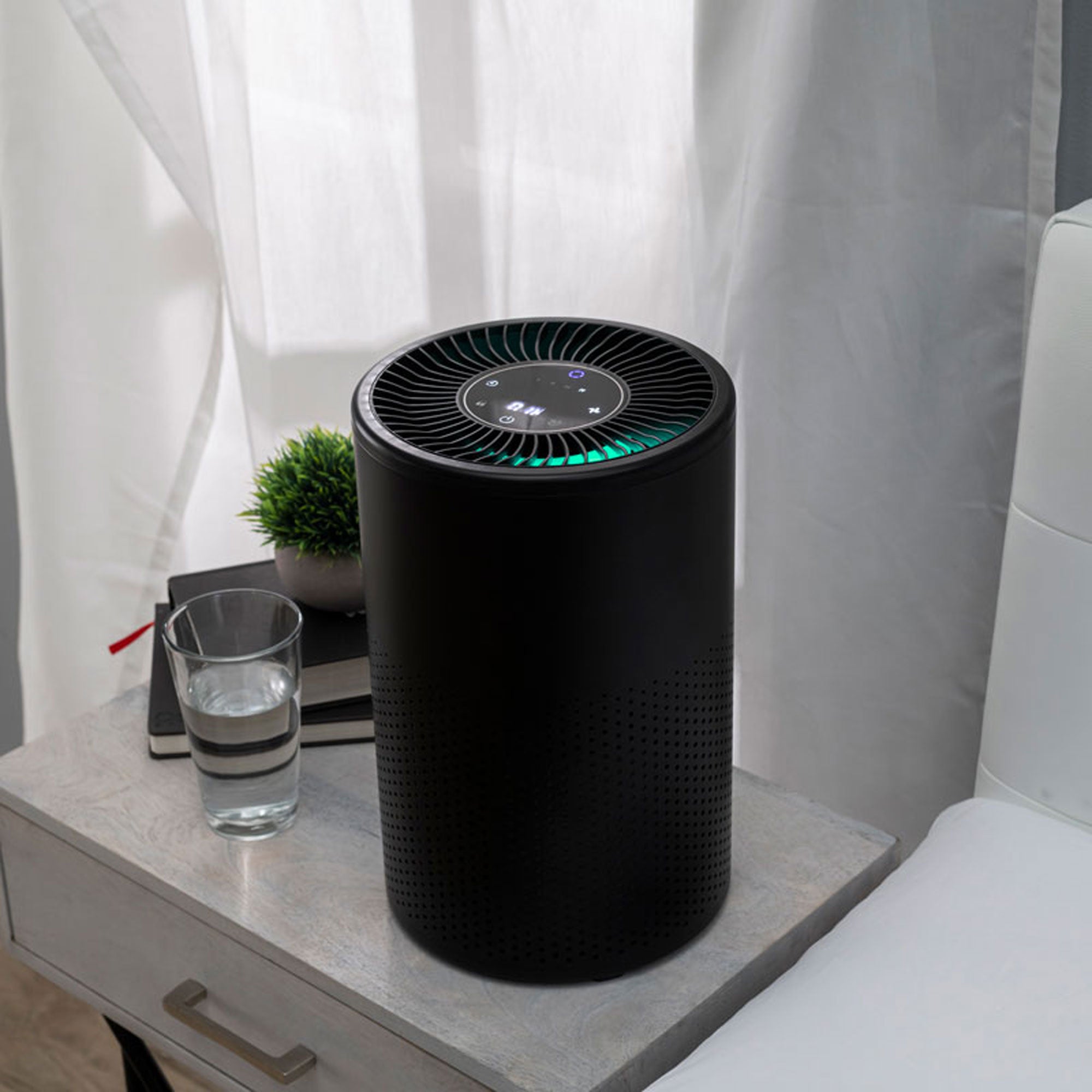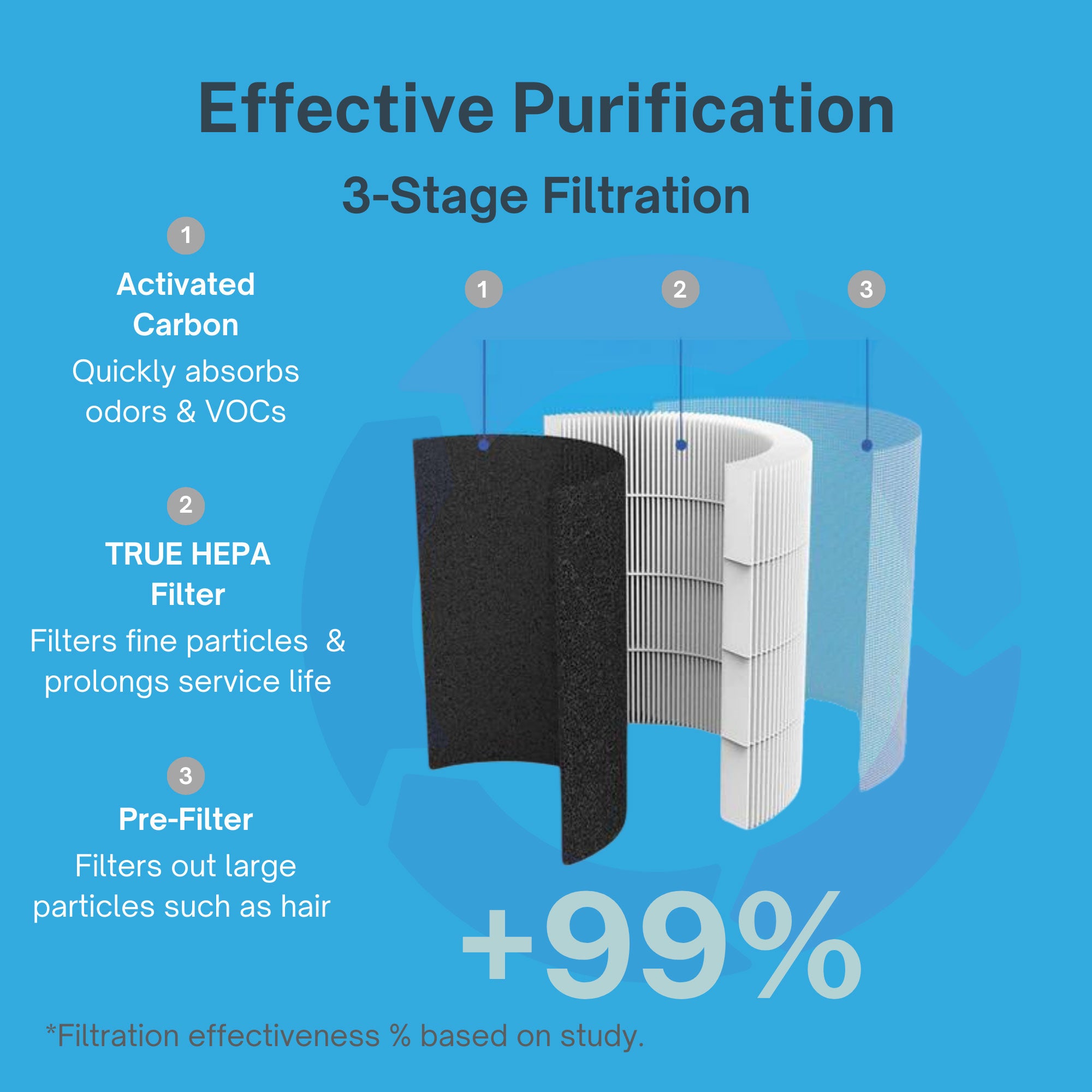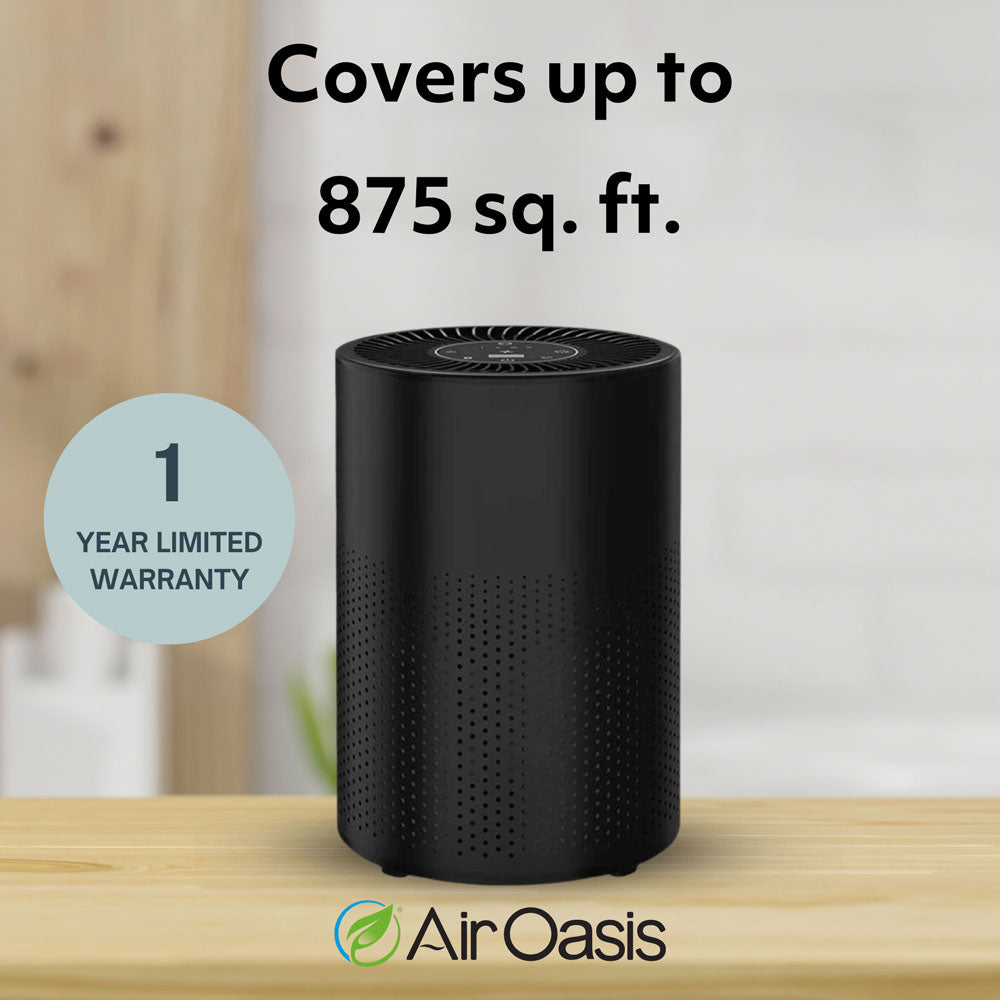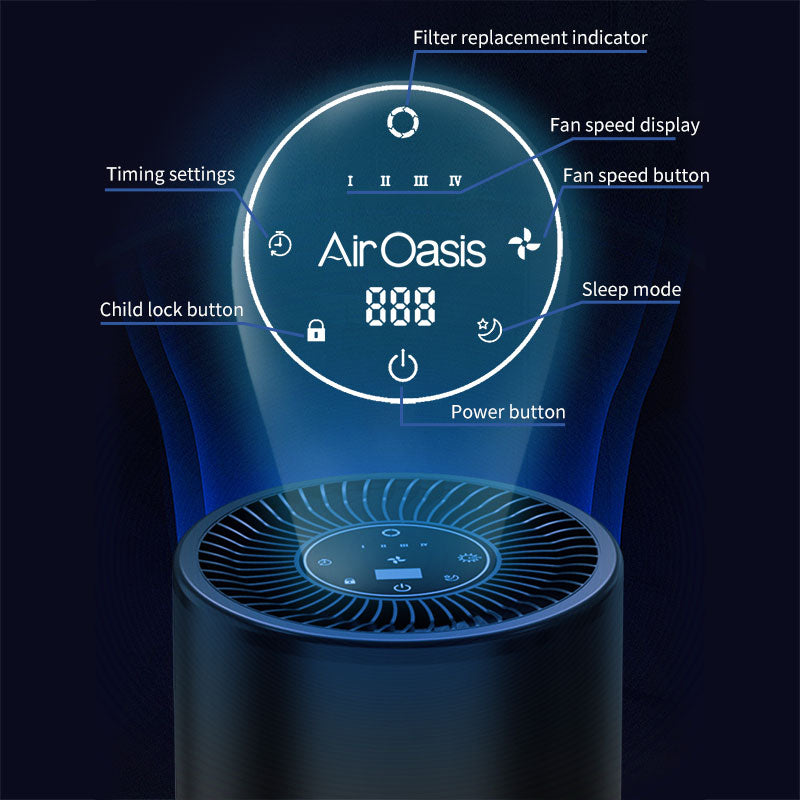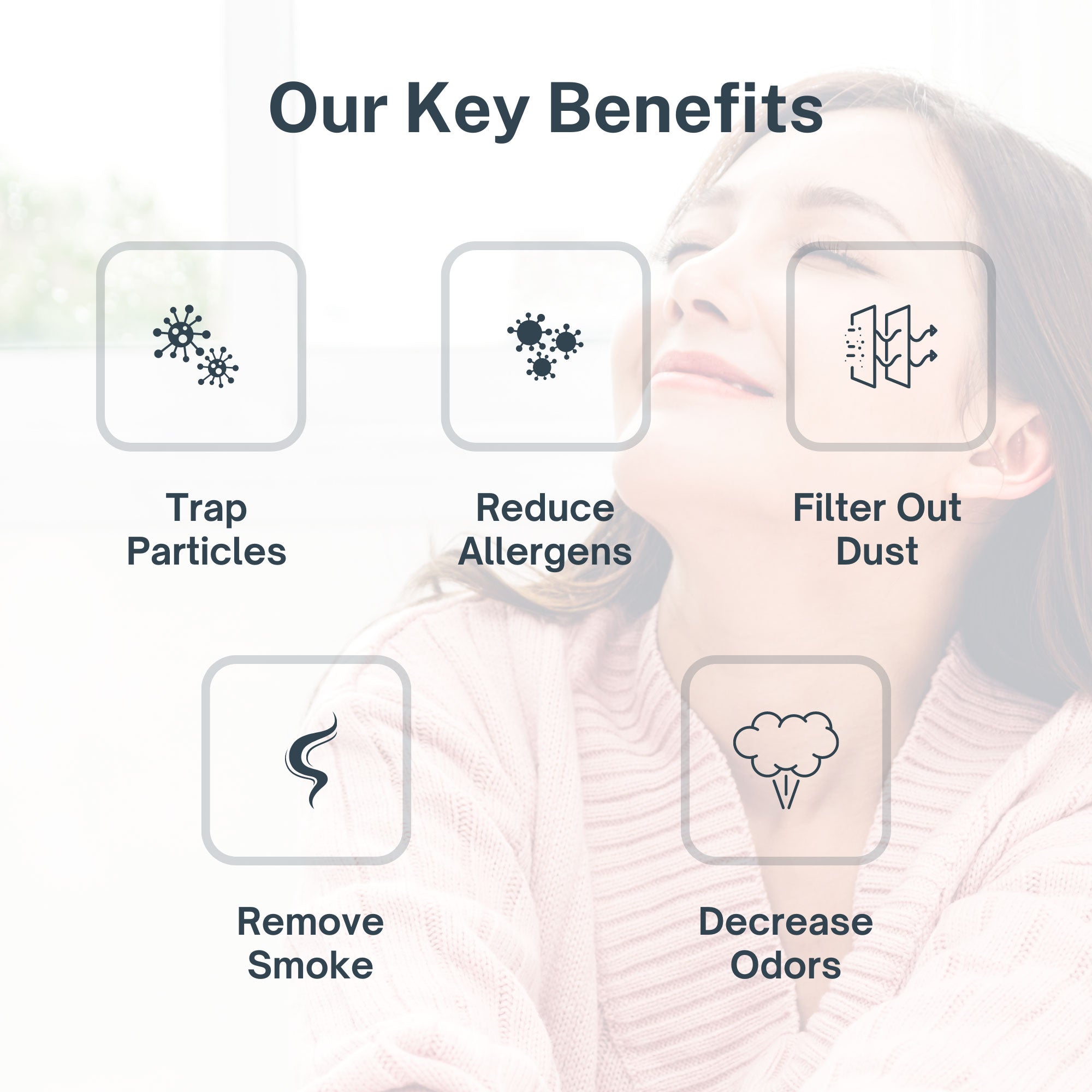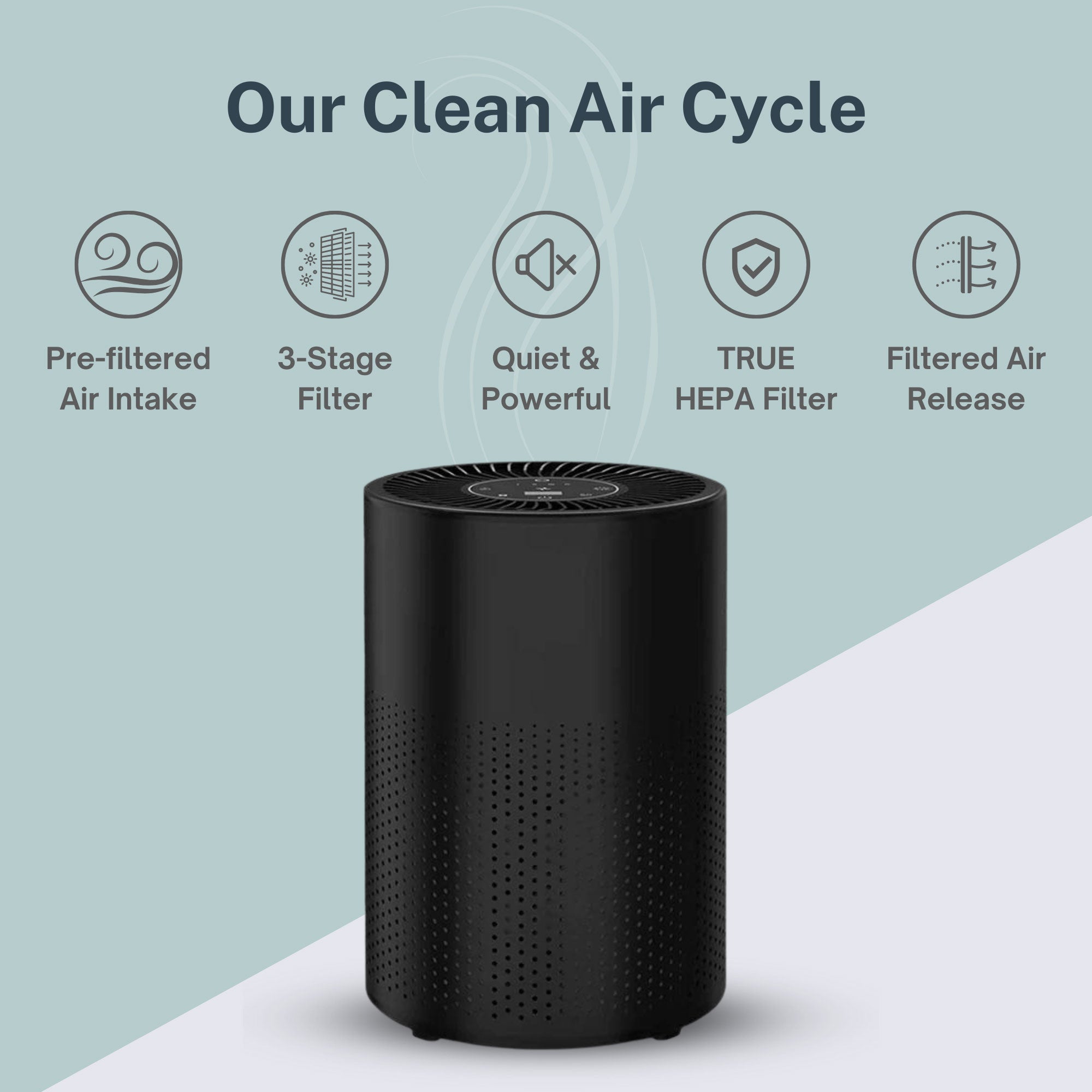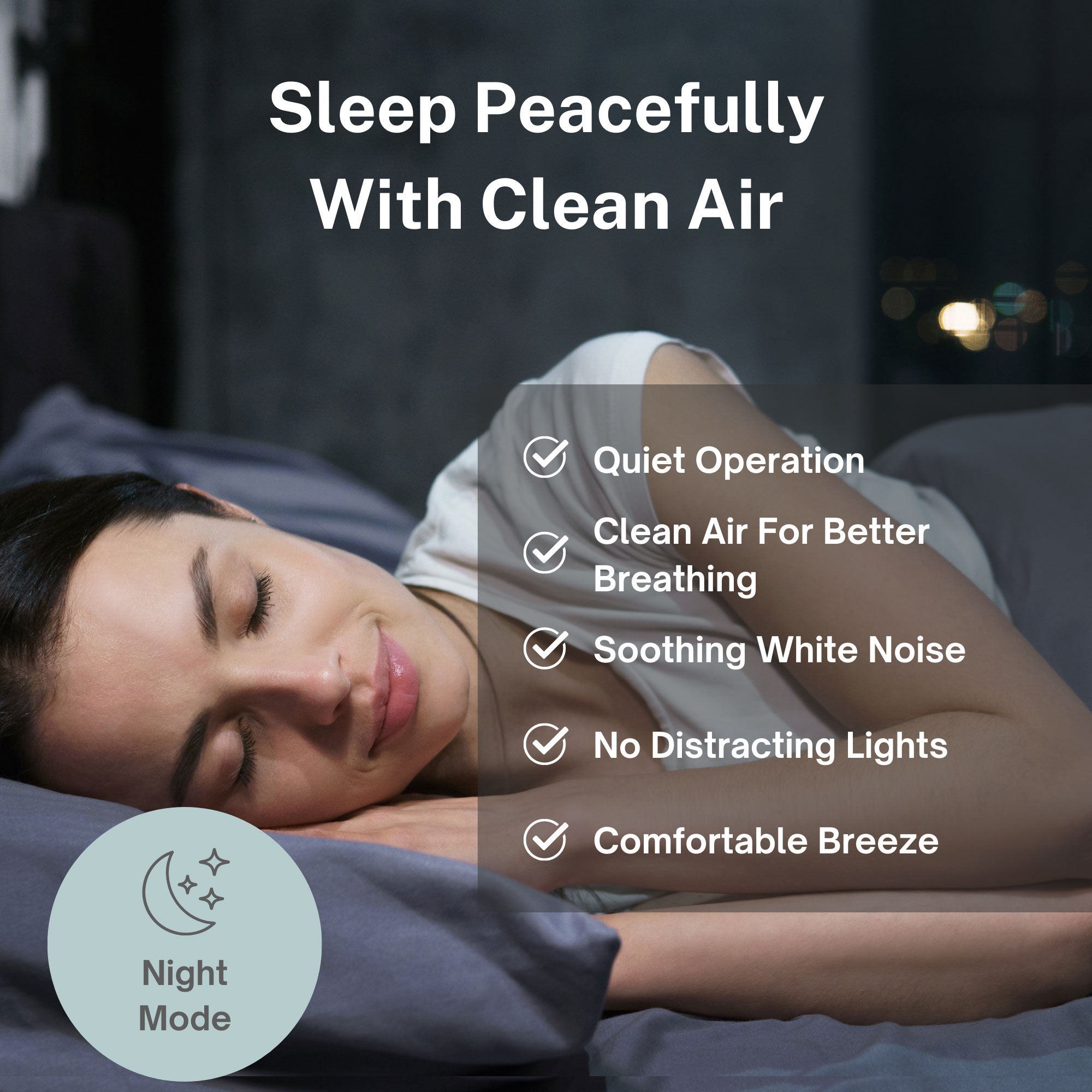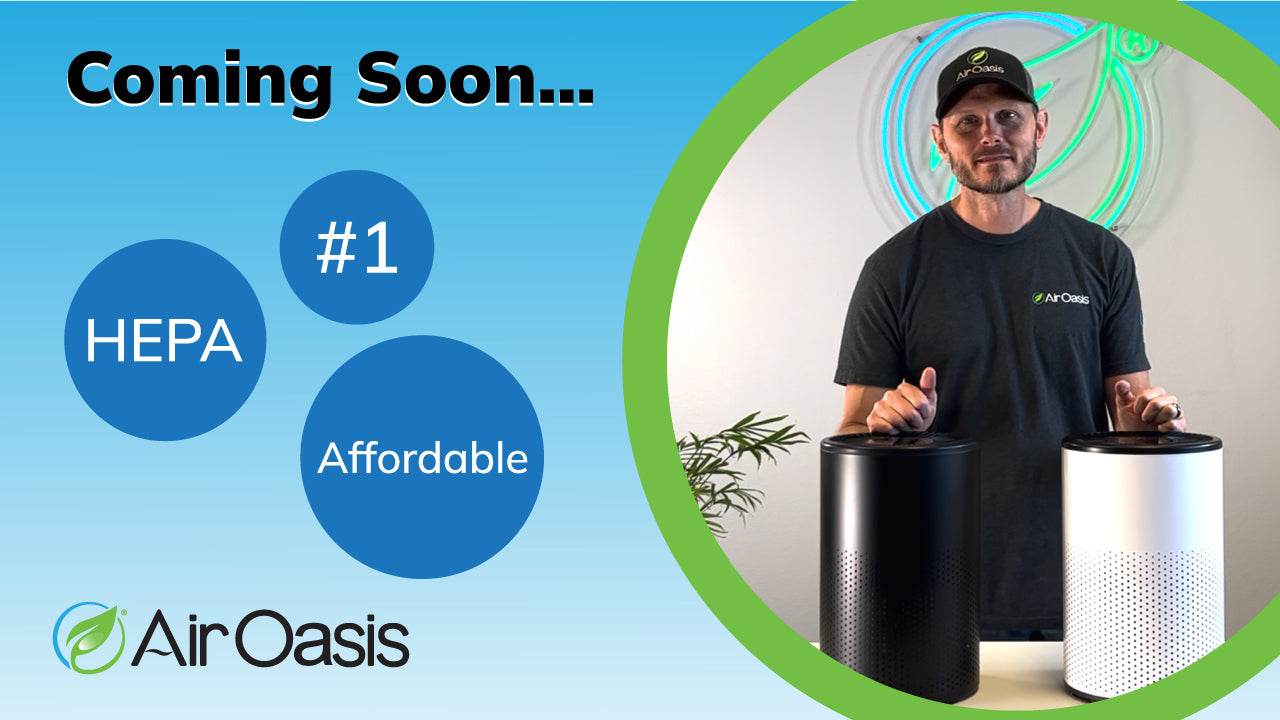Most people understand that the outside air is full of harmful pollutants. What many fail to recognize is that the air inside their homes can be just as polluted.
People who suffer daily from allergies, itchy eyes, chronic coughing and sneezing are often searching for a solution to help them feel and breathe better.
A HEPA air purifier can provide needed allergy and respiratory relief when used properly and chosen correctly.
Here’s what you need to know about HEPA air purifiers.
What Does “HEPA” Stand For?
“HEPA” stands for high efficiency particulate air. HEPA air purifiers push air through a filter made of fine, dense fibers with a fan. To qualify as a HEPA filter, a mesh filter has to be able to filter particles that are 0.3 micrometers or larger in diameter. HEPA filters can remove smoke and gas particles from the air with relative ease.
History of HEPA
During World War II, two important innovations took place in a small town outside Knoxville, Tennessee. The town was responsible for developing America’s arsenal of nuclear weapons during WWII. In response to this, the HEPA filter was invented as part of the Manhattan Project to protect workers exposed to nuclear material.
For over 80 years, the HEPA filter technology has performed a critical role in removing harmful airborne contaminants from the air. HEPA is the primary technology used by medical and research professionals to protect themselves from pathogen exposure.
HEPA Air Purifiers
Despite being created over 80 years ago, it was not until the 1960s that specifications were standardized and the term HEPA was officially coined by the Department of Energy (DOE). Since then, HEPA filter technology has played a vital role in protecting Americans from the contaminants in the air they breathe.
From the origination, HEPA filters were used to filter out highly hazardous aerosols, toxic carcinogens, radioactive particles, and hazardous contaminants.
In 1963, US Congress passed the Clean Air Act which set standards for the reduction of air pollution through fuel emissions standards. The Clean Air Act alerted consumers and scientists to the importance of protecting their lungs from pollutants (chemicals, pesticides, perfumes, building materials, etc.).
By 1970, HEPA filters had grown in popularity among consumers concerned with air pollution. Hospitals and pharmaceutical settings were first to jump on board.
Today, HEPA air purifiers are a highly effective way to improve indoor air quality, reduce odors, and prevent the spread of viruses and bacteria.
What are HEPA Air Purifiers Good For?
With a storied history, we know that HEPA filters bring many benefits to users. They improve indoor air quality by removing harmful pollutants from the air, decrease odors, trap virus and bacteria microbes, and trap dust mites and dander.
HEPA technology is now available to the average consumer so that everyone has access to clean, healthy air.
Here are a few of the core capabilities HEPA brings to bat.
Allergies
Pollen and mold concentrations in the air are closely tied with respiratory health and are key triggers for both allergies and asthma. While limiting time outdoors can help, small airborne particles still find their way inside. With the ability to trap 99.97% of airborne particles, HEPA filters are a known solution to allergy prevention and indoor allergy relief.
Bacteria and Viruses
HEPA filters can reduce the spread of airborne viruses, germs, bacteria and other contaminants.
You’ll commonly find airborne bacteria indoors from the following sources: human-associated bacteria (coughing, sneezing, skin cells, etc.), animal-associated bacteria (similar sources), and plant-associated bacteria (fungi and other spores).
Similarly, as we learned with COVID-19, viruses typically spread through the air we breathe and through contact with surfaces.
With the help of specific HEPA filters, air purifiers can kill both viruses and bacteria.
Volatile Organic Compounds (VOCs)
Volatile organic compounds, also known as VOCs, can have a detrimental effect on your health. VOCs originate from the following common sources: sealants, carpeting, flooring, cigarette smoke, paint, and cleaning supplies.
One of the first signs of a VOC presence is odor. HEPA air purifiers use powerful air filtration methods to reduce VOCs and improve your health.
Odors
Believe it or not, smell is an essential survival tool. It helps us differentiate a safe environment from the air we breathe to the viability of food we eat.
Whether it’s musty odors, chemical or cooking odors, rotting odors or pet dander, HEPA filters can help reduce or eliminate odors in your home.
HEPA Versus “True HEPA”
When shopping for a HEPA air purifier you may stumble across terms such as “HEPA-like” or “HEPA-style”. What does this mean?
True HEPA is a term commonly used to verify that a product meets the HEPA standard, because not all do. In a perfect world, you should only purchase a HEPA product that has been verified by a third-party entity (i.e. not just the company you’re purchasing from). This will ensure you’re purchasing a True HEPA product that adheres to strict guidelines and standards.
Buy a HEPA Air Purifier
Air Oasis provides high quality air purifiers that solve a number of common issues in regards to air quality. From chemical odors to allergies, finding the right air purifier to fit your needs is vital to your overall health and well being.
With the Air Oasis iAdaptAir®, you benefit from a HEPA filter, carbon filter, silver ion filter, UV light, and Bi-Polar® ionization, allowing you and your family to breathe easy year-round. Bonus? The iAdaptAir® is the smartest home air purifier with smartphone app-enabled technology.





